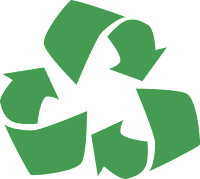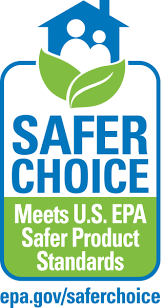Wetlands – The Significance of Swamps
That swampy area in your backyard is important, so please don’t fill it in with dirt. That grassy depression in town, the one that fills with water every winter but dries out by the summer, it has a purpose, so don’t vote to level it out.
“Why?” you may ask; because these areas, as insignificant as they may seem, are wetlands and wetlands help you and I every day, even if you’ve never realized it before.
Wetlands can be swamps, bogs, estuaries, marshes, and areas next to rivers, creeks, and streams, seasonal ponds, basically, any depression in the ground where water can collect. These areas are important to us because they help clean our air and water by providing area for trees and plants to grow. Which in turn provides provide habitat for animals and birds.
Not only do wetlands help clean our air and water and provide habitat for plants and animals, they also help prevent flooding by providing an area to absorb extra rainwater and snowmelt.
If all that wasn’t enough, wetlands also provide areas for recreation. Anglers need wetlands because many species of fish rely on them as a source of food. Bird watchers and hunters need wetlands because many migratory and stationary birds rely on wetlands. Essentially, anyone who wants to enjoy nature needs wetlands.
I wrote this so all of you will take a minute to think about nature in a different way. The next time you see a swamp or marsh, I want you to consider how it helps you. So that if in the future a swamp needs your help, you’ll remember how it has helped you.
Originally posted on Natural Resources News Connection at blogs.oregonstate.edu on May 19, 2015.




Comments
Post a Comment